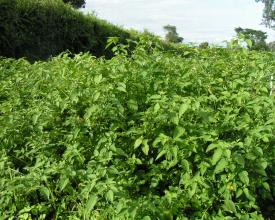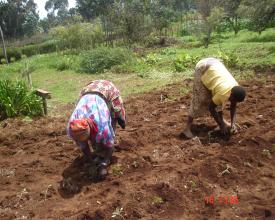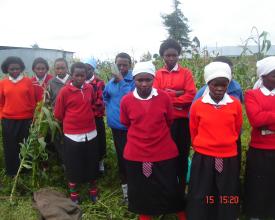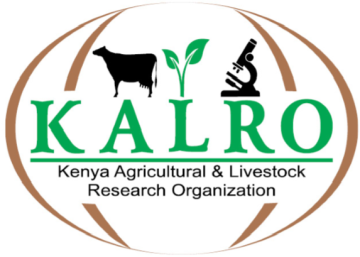
Potential for indigenous vegetables in Central Kenya
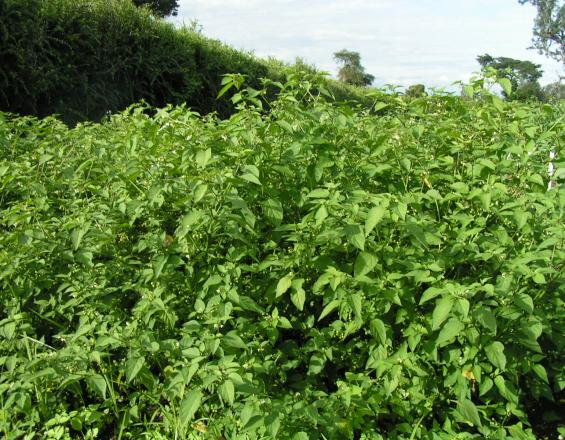
In Kirenga, Lari, Central Kenya the low and erratic rainfall and lack of irrigation facilities limits the production of vegetables. Still, exotic vegetables are grown in kitchen gardens, whereas nutrient-rich indigenous vegetables are rarely produced nor consumed. Consumption of vegetables is limited despite the occurence of malnutrition among children and women. In addition, indigenous vegetables have a ready market in Nairobi, which is about 50 km away. Consequently, production of indigenous vegetables would enhance livelihoods of these farmers through income generation while consumption of the same would enhance their nutritional status.
To achieve this, farmers were trained in techniques of farming these indigenous species. In addition, training on how to prepare and consume the vegetables was offered. The activities also included the raising of awareness on the nutritional value of these vegetables to further encourage consumption by the local farmers and their families.
Procesar
Summary of the process
First you need to communicate to the local community effectively about what you about to do and how it will benefit them. Once they buy your idea, then ivolve them in the planning and implemention of the project
Building Blocks
participatory characterization of genetic resources
Through participatory characterization with farmers, researchers are able to make the best selection of a given crop genotype. The researcher and the potential beneficiaries (mostly farmers) plant and manage the crops together and then characterize it according to some mutually agreed criteria. It is best when the crop is grown on the farmers field and managed using farmer practices.
Enabling factors
Trust between researchers and farmer.
Interest in the farmers in what the researchers are doing.
Lesson learned
Before initiating the project, it is important do conduct some survey so that one can get an idea of what the local community needs; the need should be expressed by the community. This guarantees the uptake and sustainability of new ideas and inteventions.
Need to communicate the potential benefits
It is important to explicitly explain the benefits of the new intervention. This is because the stakeholders (mostly farmers) are busy and will only listen to you if they see monetary or other social benefits from your undertaking.
Enabling factors
working the local community leaders.
using language that is easily understood by the local community
Lesson learned
Do not take the stakeholders for granted; respect them, their time, customs and culture.
Impacts
The National Genebank of Kenya in her activites to promote on-farm conservation of under-utilized crop genetic resources has been promoting the production, consumption and marketing of ALVs in the Central Kenya
region in collaboration with other stakeholders. We started by raising awareness on the nutritional value of these vegetables after which we trained the people on how to grow, eat and market these vegetables. As a consequence, some farmers started to grow nightshades, cats' whisker (Cleone gynandra) and amaranthus and started selling in the open air markets. This business was taken up by women initially as they sold these vegetables alongside the exotic kales and spinach. This led to increased family incomes. They also started eating these indigenous vegetables and giving to their children since we had explained to them their health benefits. This improved their health status because most families in this area are resource poor yet small children and women in childbearing age are the worst hit by protein, calcium, iron, vitamins A and C malnutrition.These nutrients are richly found in inidgenous leafy vegetables. The women also took advantage of their merry go rounds (chamas) to grow and market these indigenous vegetables collectively. This way, were able to sell to hotels which needed large quantities and regular supply; the hotels offered ready market and better prices.
